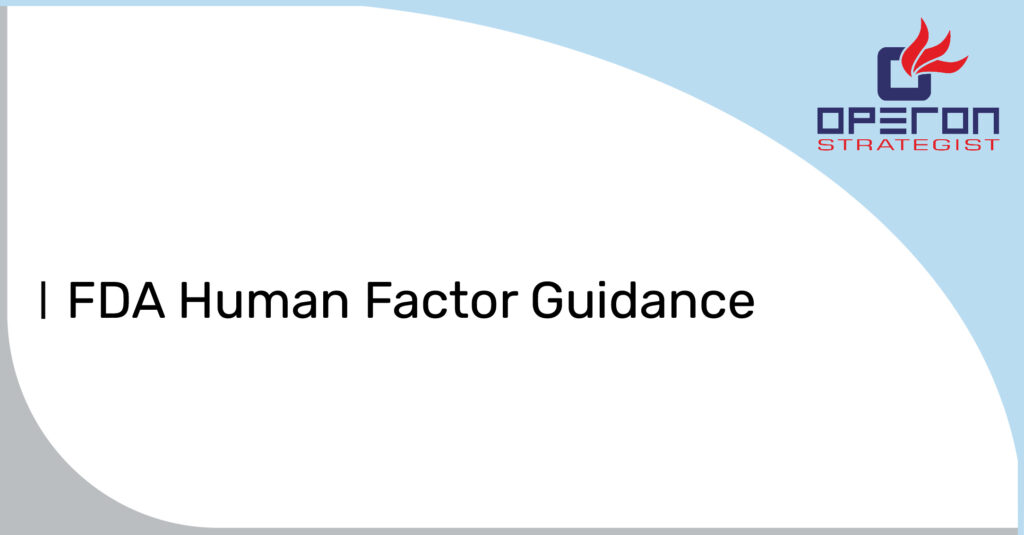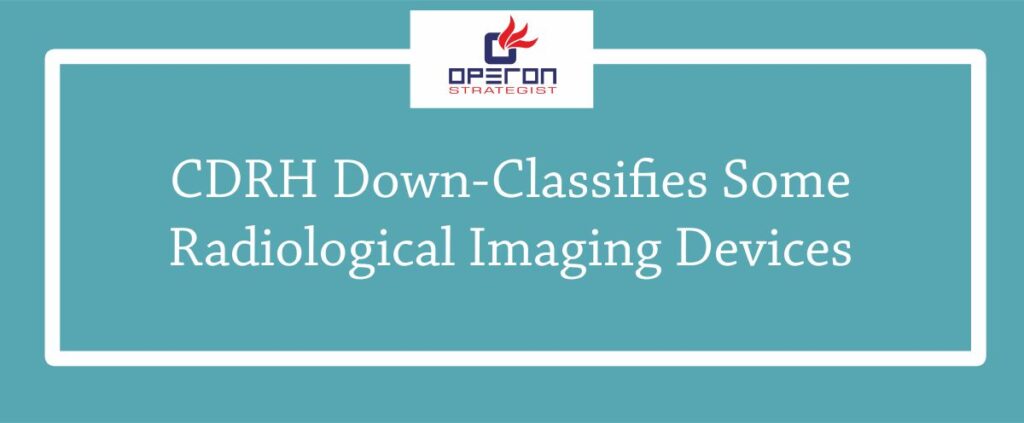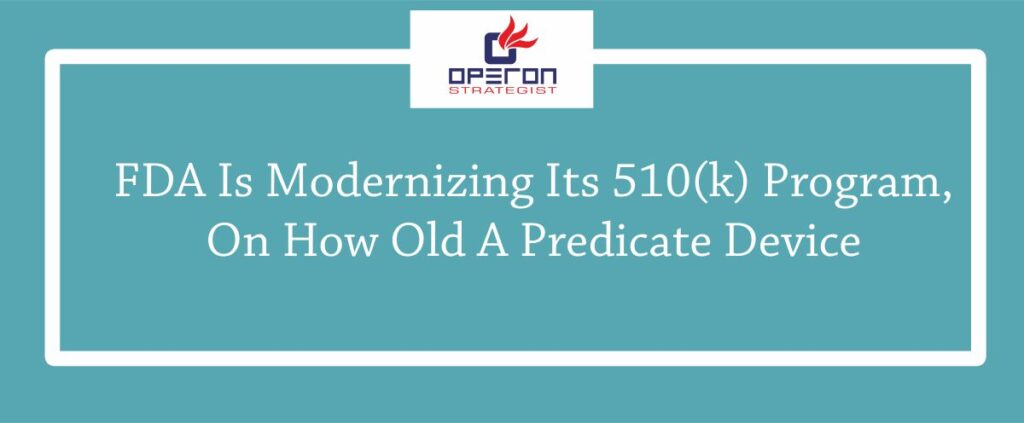Last week, the US Food and Drug Administration (FDA) released an update describing a risk-based methodology for what human factors data should be included in marketing submissions for medical devices. The framework explains how to choose the category for human factors submissions and what to include in a marketing submission based on that category. According to the proposed guidance, including pertinent human factors data in the marketing submission can increase review efficiency by decreasing the number of requests for further data.
510(k)s, De Novo requests, PMAs, including PMA supplements, and humanitarian device exemption (HDE) applications are all examples of marketing submissions for medical devices. This FDA human factors guidance is meant to assist submitters and FDA staff in determining what information about human factors evaluation should be included in these submissions.
“The goal of the human factors assessment is to ensure that the device user interface has been designed such that use errors that occur during use of the device that could cause harm or degrade medical treatment are either eliminated or reduced to the extent possible,” the agency stated in the FDA human factors guidance. The identification of key tasks and the elimination or reduction of use-related hazards are the main variables to take into account in a risk-based approach to human factors assessment, as stated in this guidance.
To assist manufacturers in selecting the best submission category, the proposed guidance contains a flowchart with questions at key decision stages. The flowchart is based on the indications for use, the use-related risk analysis, and whether the submission relates to a brand-new product or one that currently has marketing authorization. However, the minimal information is required for marketing submission depending upon the categories. The three categories of submission:
- Category 1: this category is for modification made to devices and no change to user interface, intended users, training and labelling
- Category 2: this is for new devices that do not have any critical tasks or modifications made to an existing device.
- Category 3: new devices with critical tasks or modifications to an existing device that add or impact critical tasks
Operon Strategist, medical device regulatory consultant will always keep you updated with new regulations and news. For more regulatory updates kindly subscribe our Newsletter!

MBA Finance, Science graduate, SEO & Technical content writer, possesses keen research and influencing writing skills for more than a year.
-
Anuradha Shahahttps://operonstrategist.com/author/content/
-
Anuradha Shahahttps://operonstrategist.com/author/content/
-
Anuradha Shahahttps://operonstrategist.com/author/content/
-
Anuradha Shahahttps://operonstrategist.com/author/content/




